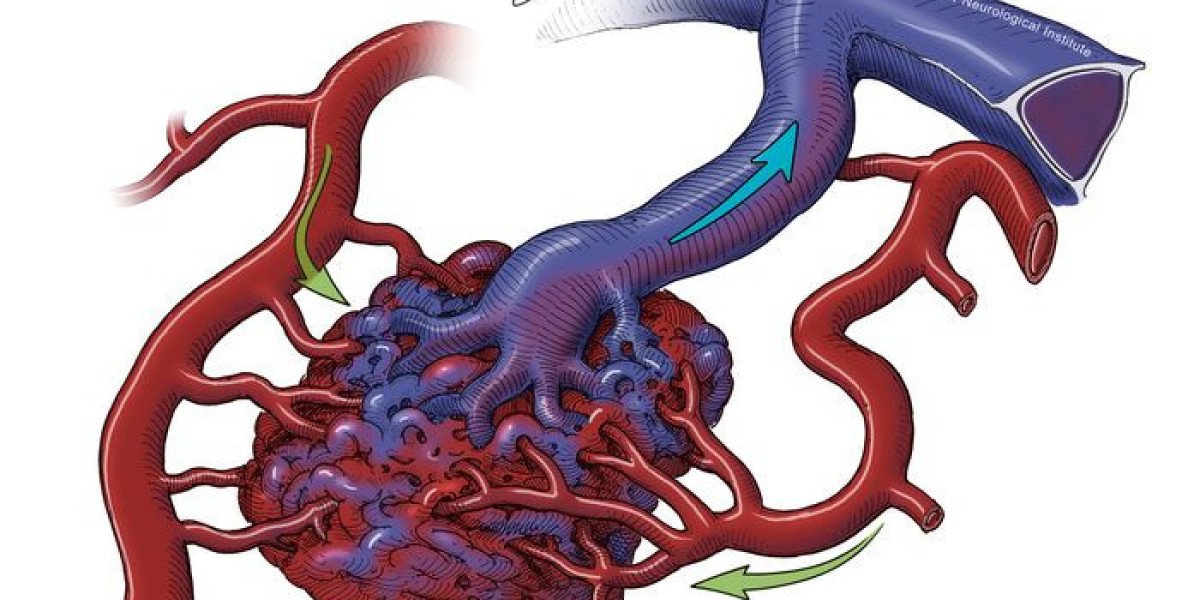When it comes to health conditions, the terms "vascular malformation" and "uterine fibroids" might not be widely understood, yet they affect many individuals, leading to discomfort and potential health complications. While these two conditions are different in nature, they share some common traits, such as the abnormal growth of tissue that can lead to various symptoms. In this article, we will delve into what vascular malformation and uterine fibroids are, their symptoms, and treatment options, with a focus on how timely intervention can significantly improve the quality of life for those affected.
What is Vascular Malformation?
Vascular malformation refers to an abnormality in the blood vessels, which can occur anywhere in the body. These malformations happen when blood vessels fail to form properly during development. As a result, the blood vessels may become twisted, enlarged, or tangled, creating a mass of blood vessels that disrupt normal blood flow.
There are several types of vascular malformation, depending on the blood vessels involved:
Capillary malformations: These are often visible on the surface of the skin, commonly known as "port-wine stains."
Venous malformations: These involve abnormal veins and often lead to swollen, blue or purple masses.
Arteriovenous malformations: These occur when arteries and veins are connected without the usual capillary network in between.
Vascular malformations can vary in size, location, and severity. In some cases, they may not cause significant symptoms, while in others, they can lead to serious complications, including bleeding, pain, and tissue damage.
Symptoms of Vascular Malformation
The symptoms of vascular malformation depend largely on the location and size of the abnormal blood vessels. Some common symptoms include:
Visible changes in the skin, such as a birthmark or red spot
Pain or tenderness in the area of the malformation
Swelling or a feeling of heaviness in the affected area, especially in the legs
Bleeding or ulcers on the skin surface
Compression of nearby organs if the malformation grows larger
While vascular malformations can affect any part of the body, they are particularly common in the legs, where they can cause discomfort and interfere with daily activities.
What are Uterine Fibroids?
Uterine fibroids, also known as leiomyomas, are non-cancerous growths that develop in or on the uterus. They are made of muscle and fibrous tissue and can vary in size, ranging from as small as a pea to as large as a melon. Uterine fibroids are common, with many women experiencing them during their lifetime, especially during the childbearing years.
Fibroids can be classified based on their location within the uterus:
Subserosal fibroids: Located on the outer wall of the uterus, they can grow large and push on surrounding organs.
Intramural fibroids: Found within the muscle of the uterine wall, they are the most common type.
Submucosal fibroids: These fibroids grow into the inner cavity of the uterus, which can cause heavy bleeding and fertility issues.
Symptoms of Uterine Fibroids
The symptoms of uterine fibroids can range from mild to severe. Some women with fibroids may have no symptoms at all, while others experience significant discomfort. Common symptoms include:
Heavy menstrual bleeding, which may lead to anemia
Pelvic pain or pressure, especially if fibroids press against nearby organs
Frequent urination or difficulty emptying the bladder
Pain during sexual intercourse
Lower back pain
Infertility or complications during pregnancy in more severe cases
Although uterine fibroids are not typically life-threatening, they can have a significant impact on a woman's quality of life. For those experiencing symptoms, seeking medical intervention is essential to manage the condition.
The Connection Between Vascular Malformation and Uterine Fibroids
While vascular malformations and uterine fibroids may seem unrelated at first, they share some common characteristics: both involve abnormal tissue growth, and they can affect blood flow. In the case of uterine fibroids, the blood supply to the fibroids is often enhanced, which can lead to growth. Similarly, vascular malformations can disrupt normal blood flow in the affected area, leading to swelling, pain, and discomfort.
The management of these conditions may overlap, particularly in cases where vascular malformations affect the pelvic region. For instance, in rare cases, a vascular malformation in the pelvic area could mimic the symptoms of uterine fibroids, making it essential to accurately diagnose the condition.
Treatment Options for Vascular Malformation
Treatment for vascular malformations depends on the type, location, and severity of the malformation. Some treatment options include:
Compression garments: These can help manage symptoms, particularly in the legs, by providing support and reducing swelling.
Sclerotherapy: This involves injecting a solution into the affected blood vessels to shrink them.
Laser therapy: This can be effective for smaller malformations, particularly those on the skin.
Surgical intervention: In more severe cases, surgery may be needed to remove or repair the affected blood vessels.
Treatment Options for Uterine Fibroids
Treatment for uterine fibroids depends on the size of the fibroids, the severity of symptoms, and the patient’s overall health. Options include:
Medications: Hormonal treatments, such as birth control pills, can help regulate bleeding and reduce symptoms.
Uterine artery embolization: This procedure involves blocking the blood vessels that supply the fibroids, causing them to shrink.
Myomectomy: This surgical procedure removes the fibroids while preserving the uterus, making it a good option for women who want to maintain fertility.
Hysterectomy: In severe cases, a hysterectomy, or the removal of the uterus, may be necessary to eliminate fibroids and prevent further symptoms.
Conclusion: Moving Toward Better Diagnosis and Treatment
Both vascular malformation and uterine fibroids can significantly impact the lives of those affected, but advances in medical technology and treatment options offer hope. By understanding these conditions and their symptoms, individuals can seek timely medical intervention, which can lead to better management and improved quality of life.
If you or someone you know is dealing with the discomfort and challenges posed by vascular malformation or uterine fibroids, it is crucial to reach out to healthcare professionals for accurate diagnosis and treatment. At sgvascularctr, we specialize in vascular health and offer a range of treatment options to help you manage and overcome the challenges associated with vascular malformation, providing you with a pathway to better health and well-being.
As we continue to learn more about these conditions, there is growing potential for new treatments and breakthroughs that could improve patient outcomes. The future of vascular and uterine health lies in innovation, and with the right care, individuals can live a more comfortable and fulfilling life.







